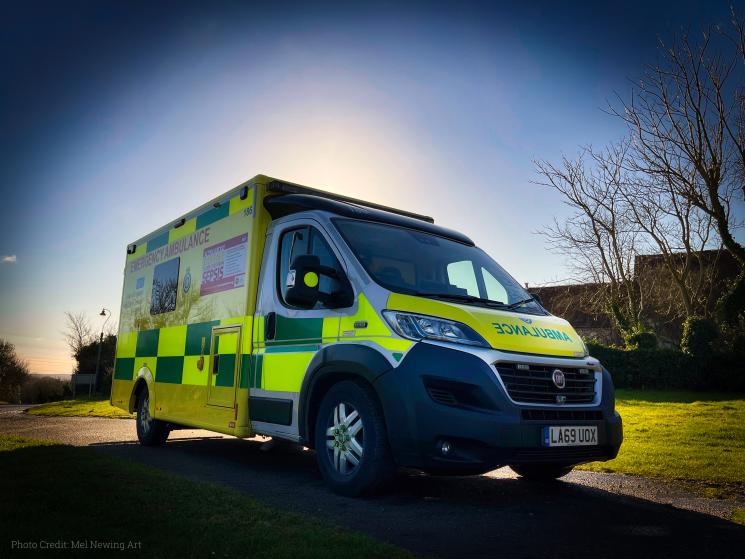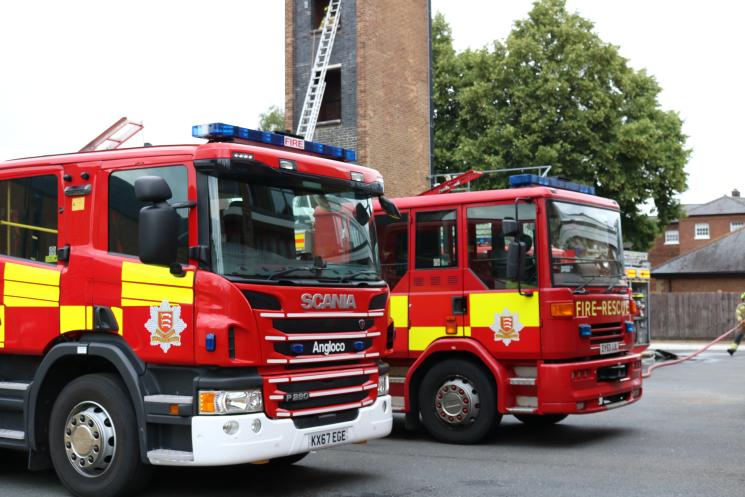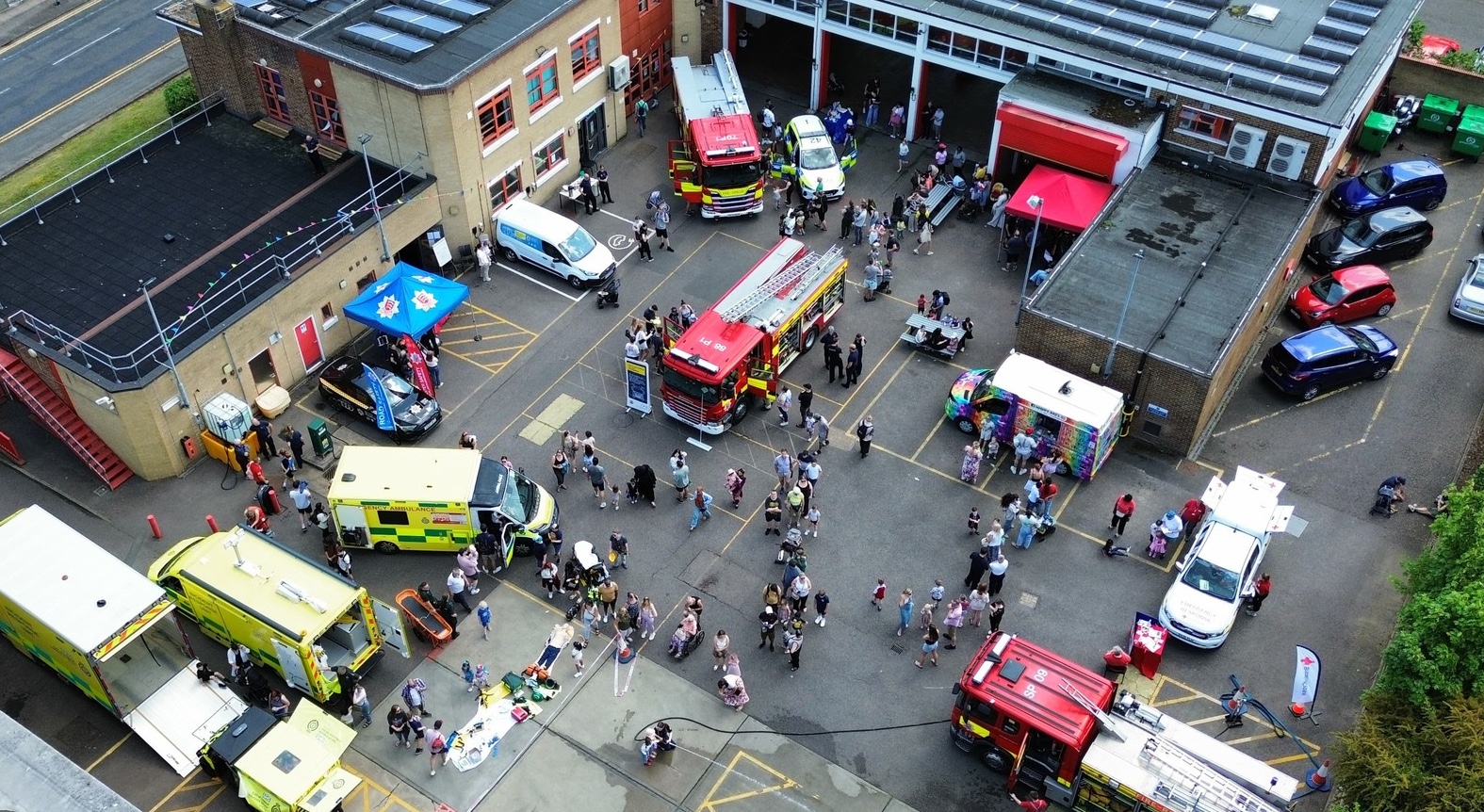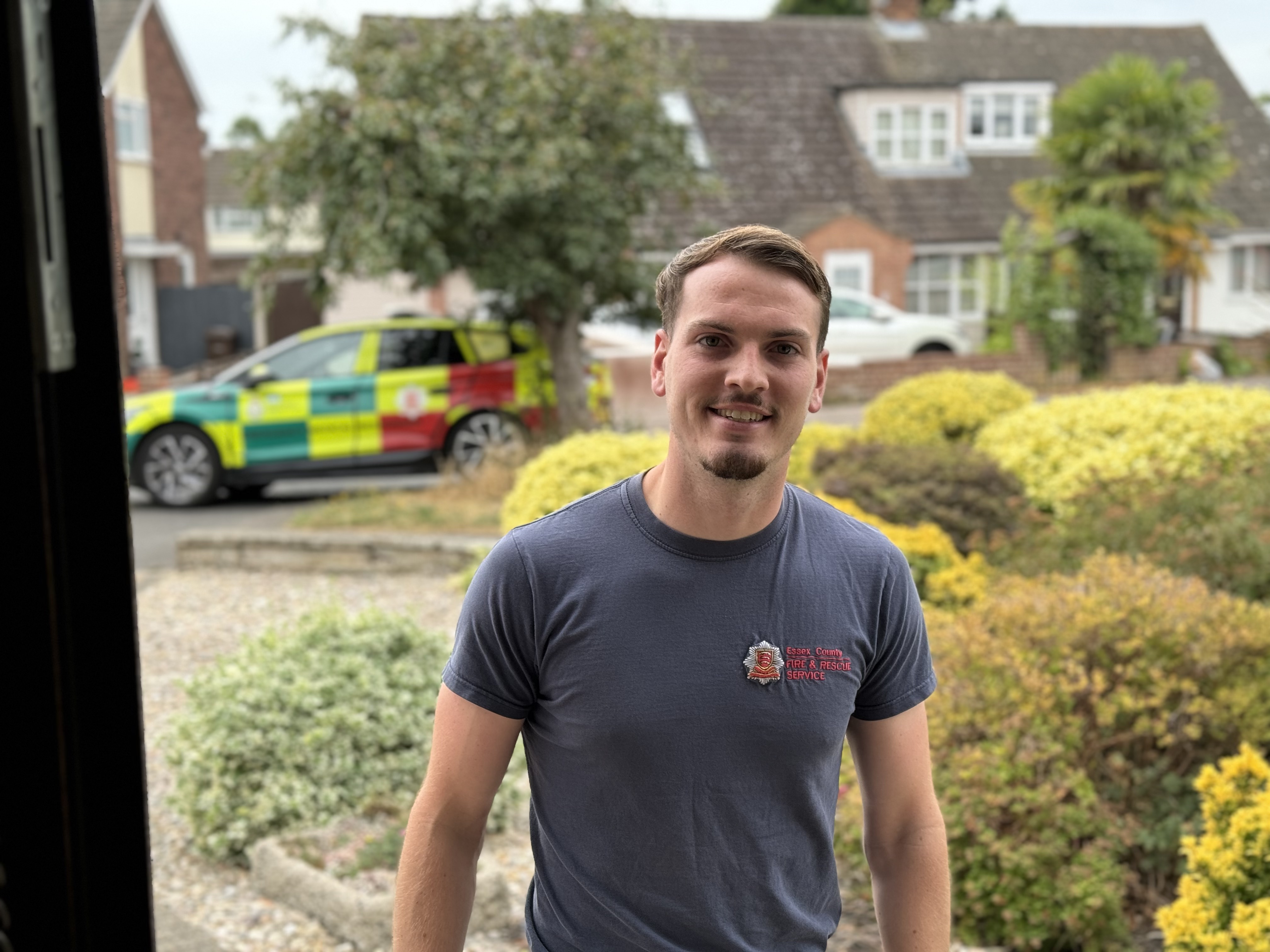Emergency Services Planning Protocol
Our guide to working together to deliver safer development and growth across Essex
Introduction
Essex covers an area of 1,400 square miles and a population of 1.8 million. It is one of the fifth most populated counties in England. By 2040, the housing needs of Essex are anticipated to increase by an additional 187,331 properties to support a projected additional population of 447,907.
Together, emergency services, local authorities, developers and infrastructure providers are vital to support the delivery of safer, secure and sustainable developments: this Protocol is our shared commitment.
East of England Ambulance Service NHS Trust
We provide 24 hour, 365 days a year emergency and urgent care ambulance services (999 calls), for patients with illnesses and conditions that are immediately life-threatening right through to minor injuries across six countries, including Essex.
We receive over 1.3 million 999 calls and care for over half a million unwell people a year.
We are committed to working with developers to ensure we are able to respond quickly to people in an emergency.
Chief Executive Officer, Neill Moloney, said:
"Our teams are committed to working with Emergency colleagues, local authorities and developers to ensure we are providing the right care for our communities.
"Being involved in the planning and development process assists us in providing the best service we can as the communities we serve change at pace. We are keen to support all opportunities for co production and collaboration with our communities to improve the care we provide.”

Essex County Fire and Rescue Service
We are one of the largest fire and rescue services in the country, providing prevention, protection and emergency response services from 50 fire stations across Essex.
We are committed to working closely with developers, building control professionals, building owners, businesses and planning teams to identify and reduce risk.
Our priority is to protect businesses, people, the local economy and the environment from fire and wider community-related risks.
Chief Fire Officer/ Chief Executive, Rick Hylton, said:
“This is a great opportunity for all three emergency services, planning authorities, and developers to work together to make Essex a safe place to live, work and travel.
“Together we can better understand the impact that housing developments, population growth, and infrastructure changes may have. Being involved with planning processes from the earliest stage means we can align our safety priorities to these plans, ensuring the safety, health, and wellbeing of our communities.”

Essex Police
With over six thousand police officers, staff, and volunteers, Essex Police is the largest non-metropolitan police force in the UK. The force is structured into three local policing areas and further divided into 14 districts in the heart of our community. We receive over 1,000 emergency calls every day relating to incidents across Essex.
Our primary aims are to help people, keep people safe and catch criminals. Our main effort is focussed on supporting victims, tackling violence in all its forms, supporting the vulnerable and maintaining visibility in our communities.
We are committed to working collaboratively with other emergency services, local authority planning teams and developers to support and achieve our aims and priorities.
Chief Constable, BJ Harrington, said:
“Essex Police proudly supports the Emergency Services Planning Protocol. As our communities grow, we work closely with developers, local councils, and other emergency services to make sure new developments are safe and inclusive.
"Our Force Plan focuses on supporting victims, protecting vulnerable people, and preventing crime - particularly violence. By getting involved early in the planning process, we can help create safer places that support community wellbeing and effective policing. This protocol strengthens our commitment to protecting and serving the people of Essex."

Essex Developers Group (EDG)
Essex Developers Group (EDG) brings together public and private sector partners to support the delivery of new and affordable homes across Essex. Working with the Government, Homes England, and local councils, EDG focuses on key areas like planning, construction skills, climate action, quality design, and support for smaller house builders.
The group includes developers, contractors, housing associations, local authorities, and consultants. Together, they aim to remove barriers to housebuilding and create sustainable, well-designed communities that meet local needs.
Mark Curle, Chair - Essex Developers Group, said:
“It has been a pleasure working with the three Emergency Services on safety and design in new housing schemes over the past few years. Early collaboration is key to safe and thriving communities and the Essex Developers Group we were especially pleased to be involved in the production of the Emergency Services Planning Protocol and its ongoing application in new development.”
Our goals
Together we aim to:
- Create environments which reduce fear of crime, fires and accidents that require an emergency service response through engagement with the planning process.
- Ensure the correct infrastructure is in place to support an emergency service response when required.
- Raise the profile of the emergency services in planning processes utilising mechanisms such as PPAs, S106s* and CILs
*Section 106 (S106) Agreements are legal agreements between Local Authorities and developers; these are linked to planning permissions and can also be known as planning obligations.
Section 106 Agreements are drafted when it is considered that a development will have significant impacts on the local area that cannot be moderated by means of conditions attached to a planning decision.
For example, a new residential development can place extra pressure on the social, physical, and economic infrastructure which already exists in a certain area. A planning obligation will aim to balance the pressure created by the new development with improvements to the surrounding area ensuring that where possible the development would make a positive contribution to the local area and community.
Commitment 1: Safety and Prevention
Engage with developers and local planning authorities to allow early identification and resolution of key issues.
We commit to supporting developers and local planning authorities with information and guidance on relevant building legislation for the safety and prevention of crime, fire and other emergency incidents.
By incorporating prevention measures into infrastructure design at the earliest possible planning stage we can provide a built environment which is safer, more secure and healthier for its community.
We believe that through supporting the integration of risk prevention measures within the design and layout of buildings, and associated infrastructure, developers will realise efficiency savings, attract new residents and business engagement.
Early coordination between emergency services and developers with the introduction of safety and preventative measures will enable the co-ordinated integration of community engagement teams.
Commitment 2: Education and Communication
Engage with developers and local planning authorities to raise awareness of emergency service requirements in infrastructure developments. Providing increased opportunities for engagement through briefing, educational courses, and emergency services advice.
We commit to involve developers and local planning authorities in understanding the needs of the emergency services. Providing increased opportunities for engagement through briefing, educational courses and emergency services advice.
High quality and consistent advice will be provided from each emergency service, with guidance on national and local policies to ensure safety and prevention measures are considered during the submission of a formal planning application.
Developers will be able to engage positively and directly with key officers from each emergency service via a dedicated email address.
Commitment 3: Response
Engage with developers and local planning authorities to create building and infrastructure design that supports each emergency service achieve national response standard.
We commit to working with developers and local planning authorities to ensure that all new infrastructure and building developments are suitably designed to enable an efficient and effective emergency response.
Increase our collaborative work with developers to improve sharing of changes to the built environment allowing emergency services to assess the risks to properly resource their response.
Incorporation of emergency service response requirements in building and infrastructure design.
Contact details:
East of England Ambulance Service NHS Trust:
planningnotifications@eastamb.nhs.uk
Essex County Fire and Rescue Service:
Future.Infrastructure.Risk@essexfire.gov.uk
Essex Police:
Strategic Planning: Strategic.Planning@essex.police.uk
Designing Out Crime: designingoutcrime@essex.police.uk


